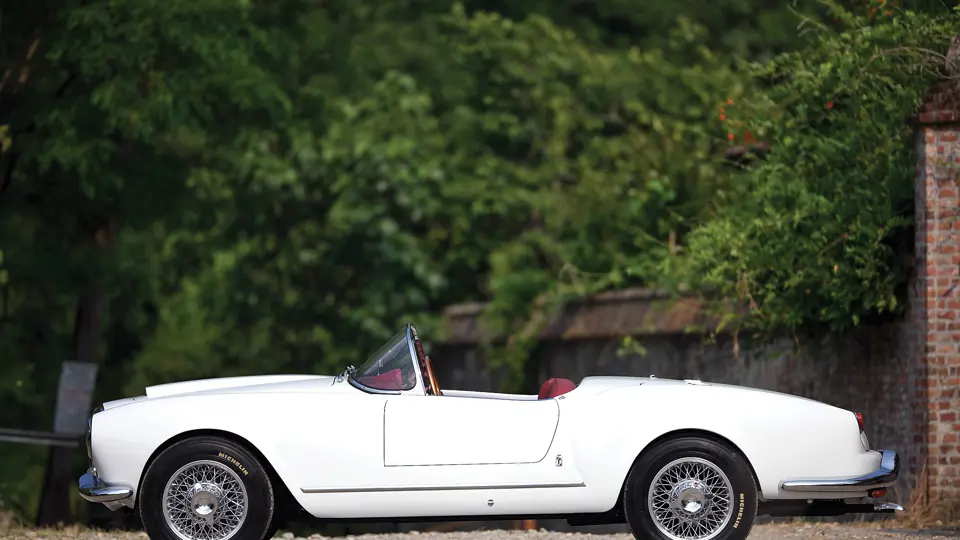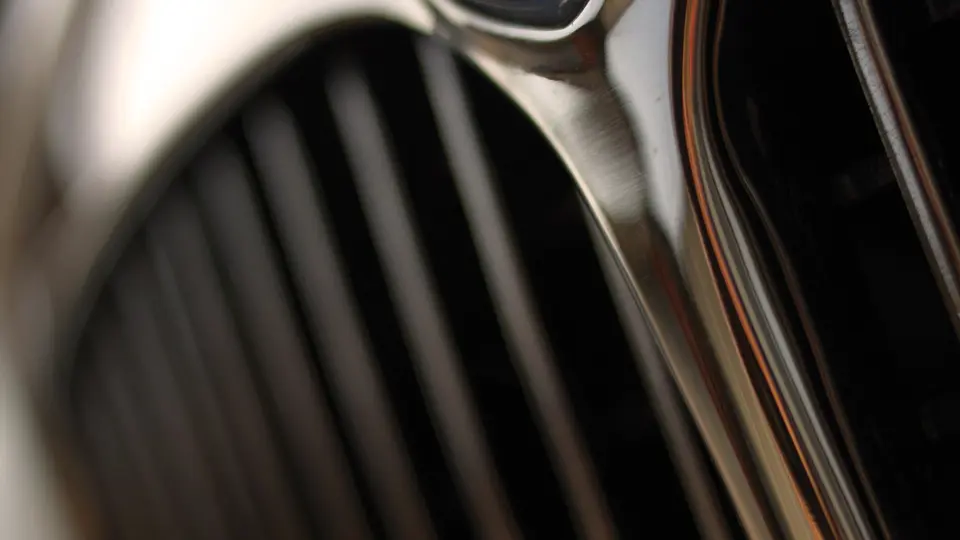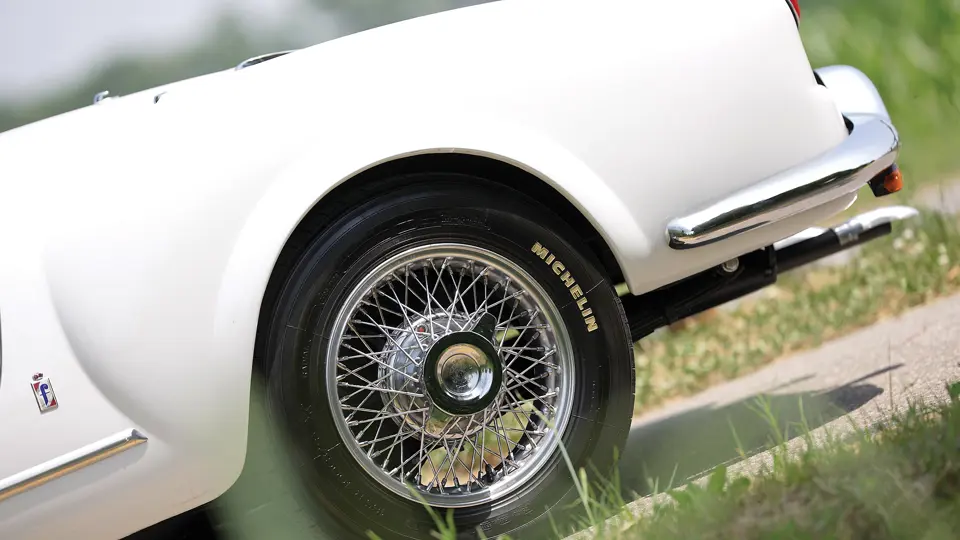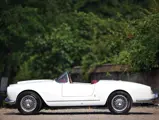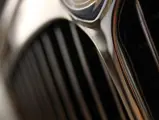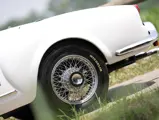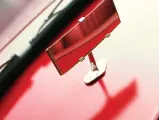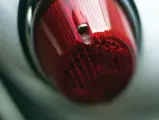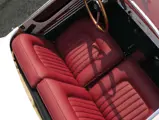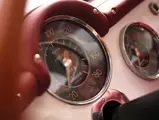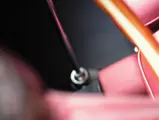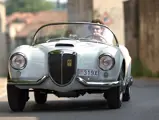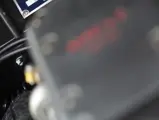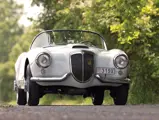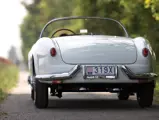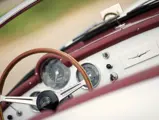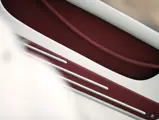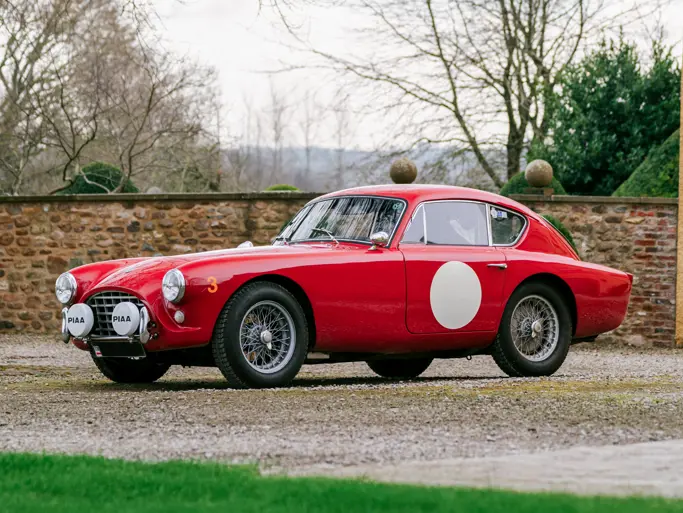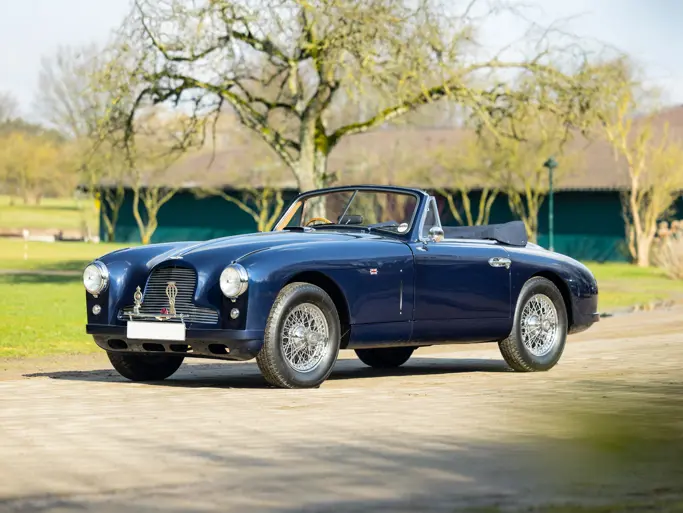Est. 160 bhp, 2,451 cc overhead-camshaft V-6 engine with dual twin-choke Weber 40 DCL 5 carburetors, four-speed manual transaxle, independent sliding-pillar front suspension, de Dion rear axle with leaf springs and shock absorbers, and four-wheel hydraulic drum brakes. Wheelbase: 96.5 in.
Lancia’s first post-war car, the revolutionary Aurelia, appeared in 1950. The combination of the first production V-6 engine and the balance of the transaxle gearbox and inboard rear brakes were revelations in post-war Europe. The initial B10 saloon was quickly followed by a coupe, the B20, which was built on a shortened platform. Although the Aurelia was built with a semi-unitary body, a platform for coachbuilders (the B50) was also offered, on which Pinin Farina built a four-seat cabriolet. However, it was felt that a proper open two-seater sport model was required, especially for the all-important U.S. market.
The answer was the B24 Spider America, which was launched in 1954. Pinin Farina’s shapely roadster was built on a wheelbase shortened from the coupe, and it featured a dogleg wraparound windshield, side curtains, and no external handles for the doors or boot, to not interrupt the almost liquid lines. As Lancia had established itself in the early 1950s as a force in international competition, it is not surprising that hints of the marque’s D24 racing car could be seen in the look of the new sport car. After only 240 of the Spider Americas were built, a heavily revised model, the B24 convertible, was introduced in 1956. With an eye towards creature comfort rather than sportiness, the convertible added weight with roll-up windows, higher doors, more interior furnishings, and a more upright windshield. At once, the Spider America was destined to be set apart as the ride of choice for the stylish la dolce vita set.
Needless to say, with so few having originally been built, surviving Spider Americas are incredibly rare and are often treasured by their caring long-term owners. To find an original example that has been properly restored is a rare occasion.
The car offered here, chassis number 1134, was originally delivered through the official U.S. Lancia distributor in New York in 1955, and according to Spider America record-keeper Francesco Gandolfi, it was one of the twenty-one cars shipped via the President Madison to San Francisco. After being retained by its original owner for over 30 years, it was discovered by Giancarlo Cappa in a state of disrepair in 1989, and it was returned to the country of its birth for restoration. In the renowned Lancia restoration facility of KCA Restauro Auto d’Epoca in Cassina de Pecchi, near Milan, the car was returned to its original condition after approximately 1,400 man-hours. It was then delivered to Duke Enrico Battiato Paterno Castello di Catania, of Sicily, who used the car only occasionally during his ownership.
Recently, the car received new chrome, at a reported cost of €5,000, and all of the mechanical components were thoroughly renewed by a Lancia specialist, who installed one of the desirable, period-correct Nardi kits, which included a twin-carburetor setup and uprated sport cams. The owner reports that with this setup, the car produces a reported 160 brake horsepower. The clutch was reinforced, and the gearbox and brakes were completely overhauled. The car’s elegant appearance was added to with new Borrani chrome wire wheels shod in Michelin tires and Marchal fog lamps. In addition, the body was refinished in its correct original color of light grey, and it featured a deep red interior.
The Spider America is one of the hottest Italian sports cars on today’s market, having finally been “discovered” by a new generation of thrilled enthusiasts. It is a superb road car with beautiful engineering and a sensuous design, and it is ideal for high-speed use on any number of tours and rallies worldwide. The well-restored example offered here is fresh to the United States market and ready for its next sportsman owner.
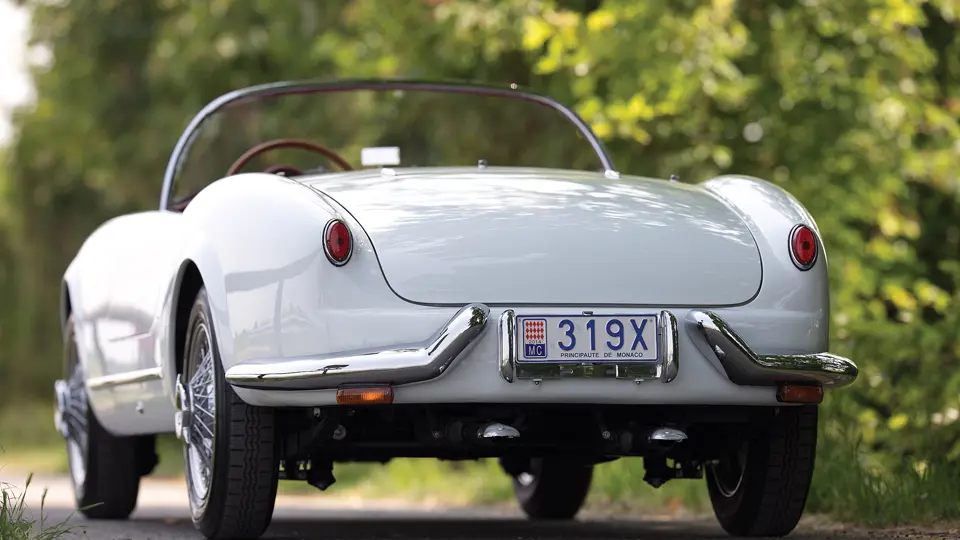



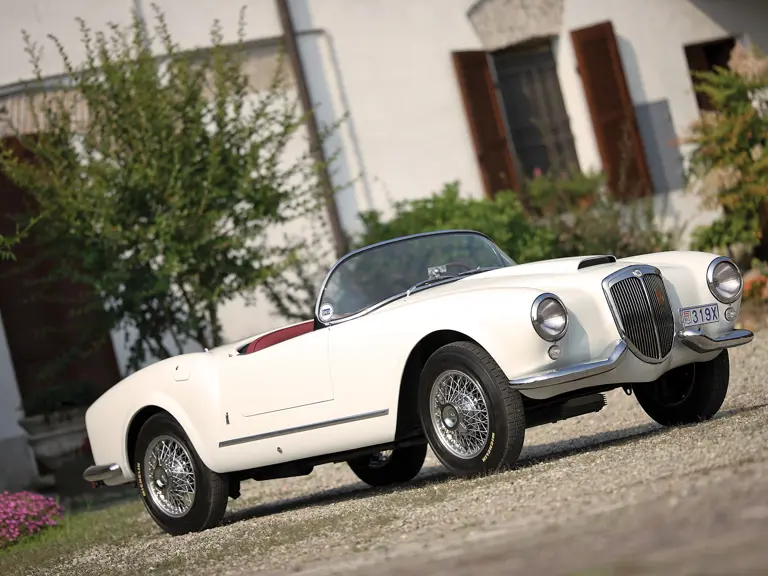
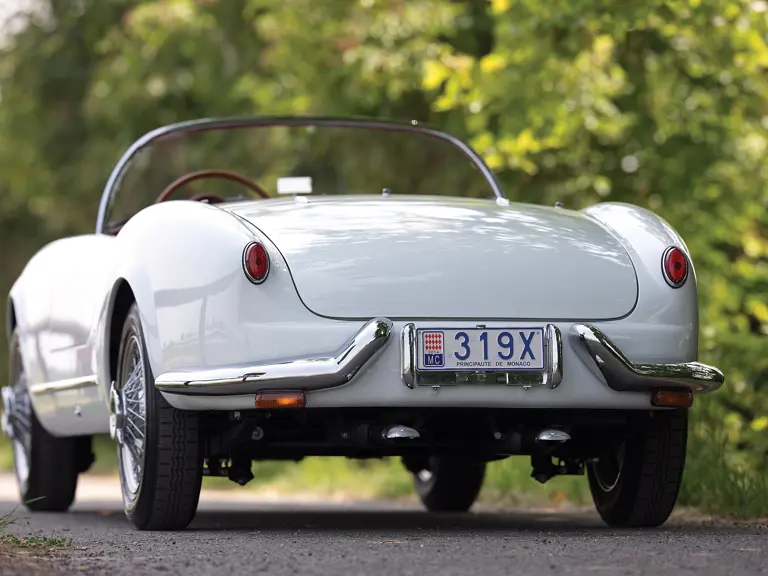
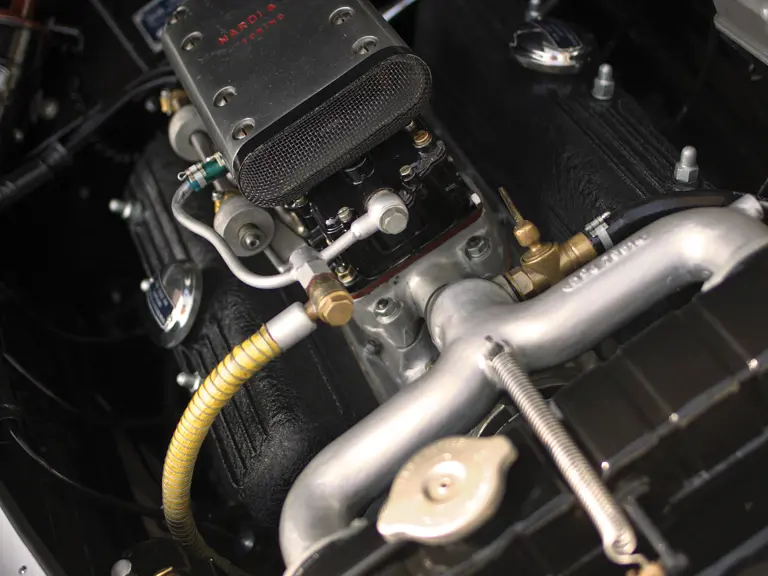
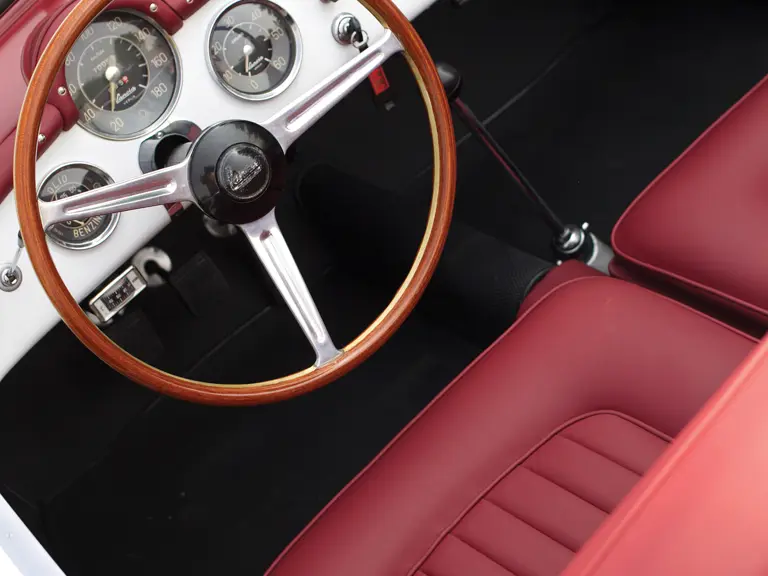
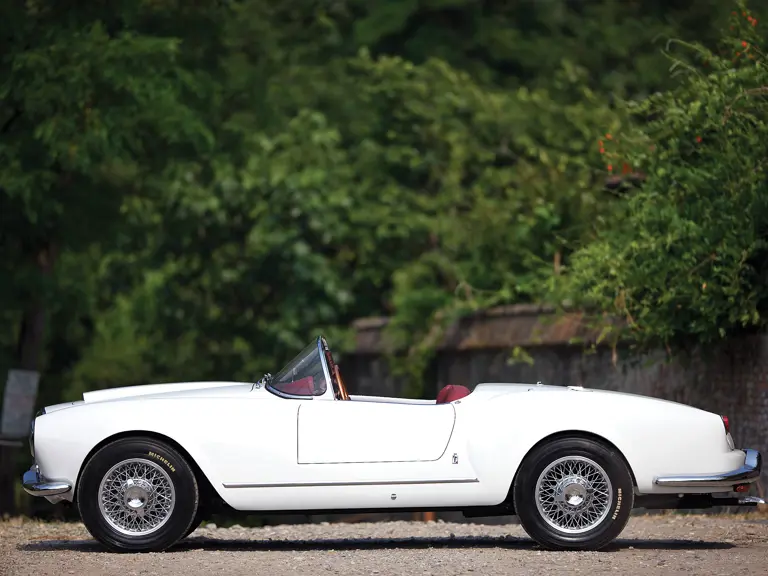
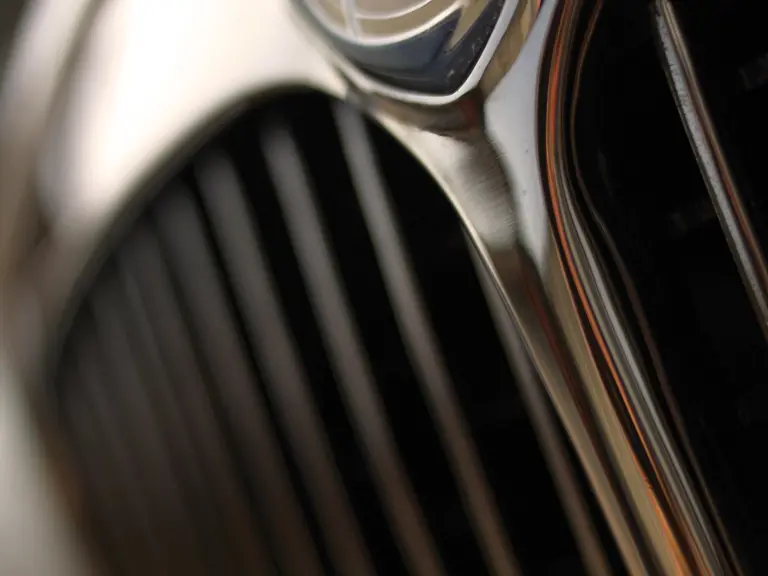
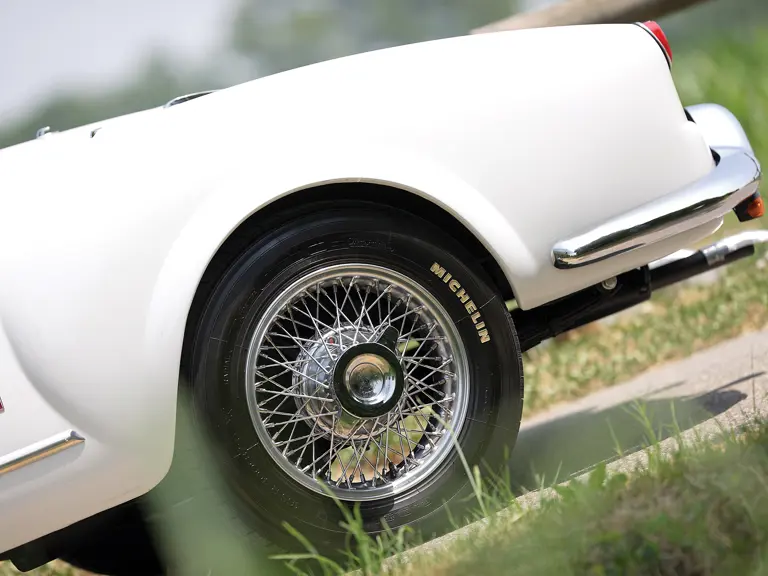

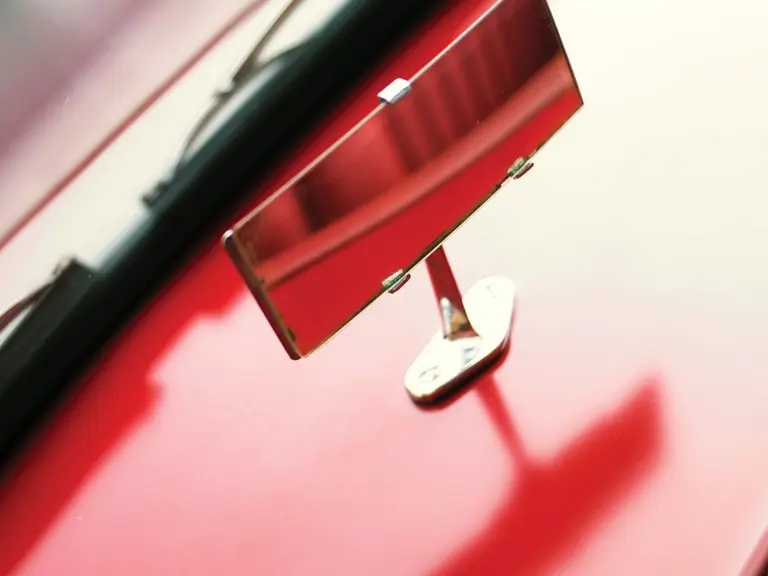
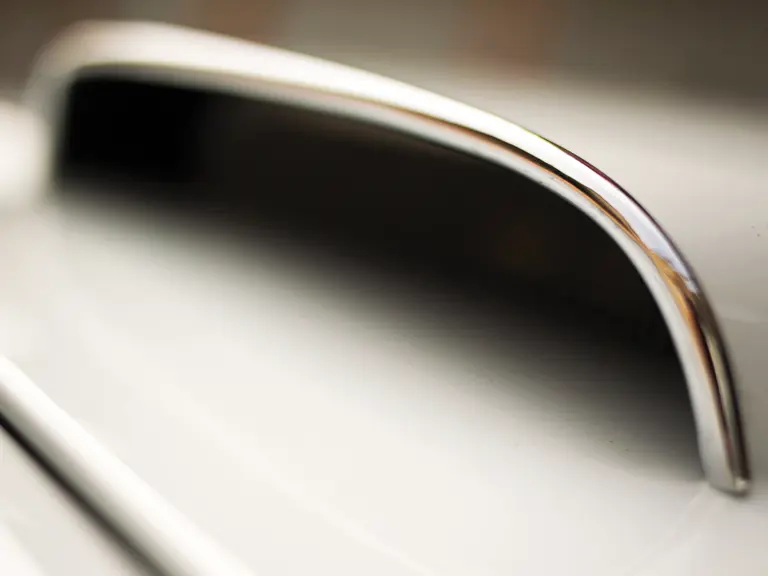
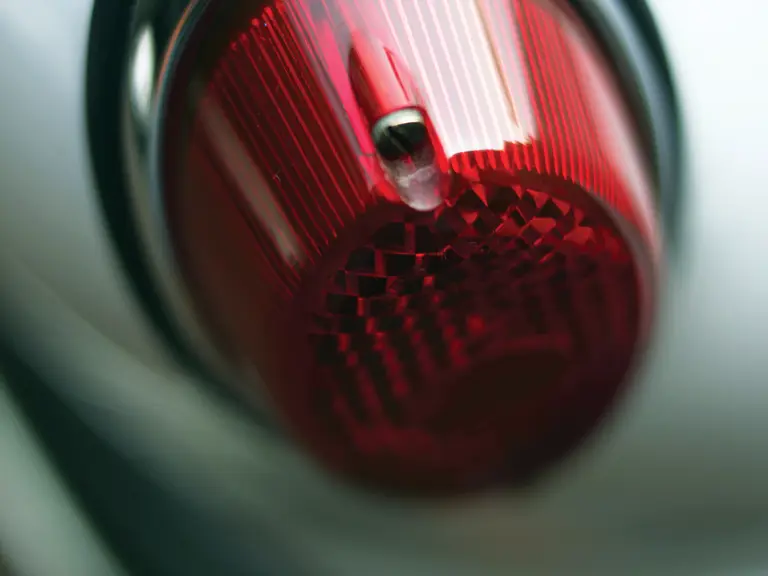

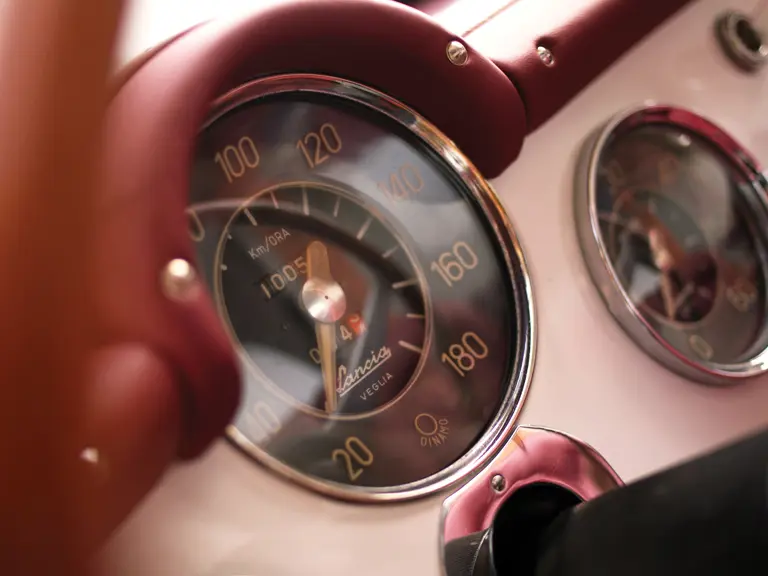

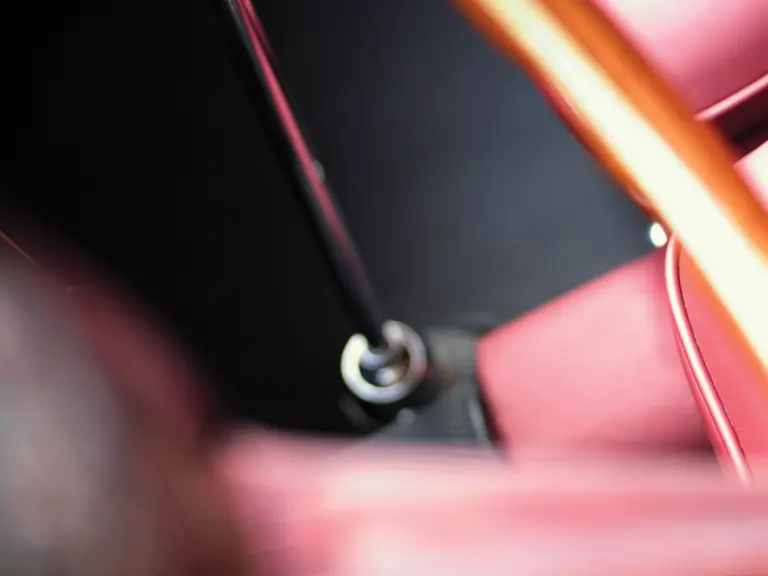
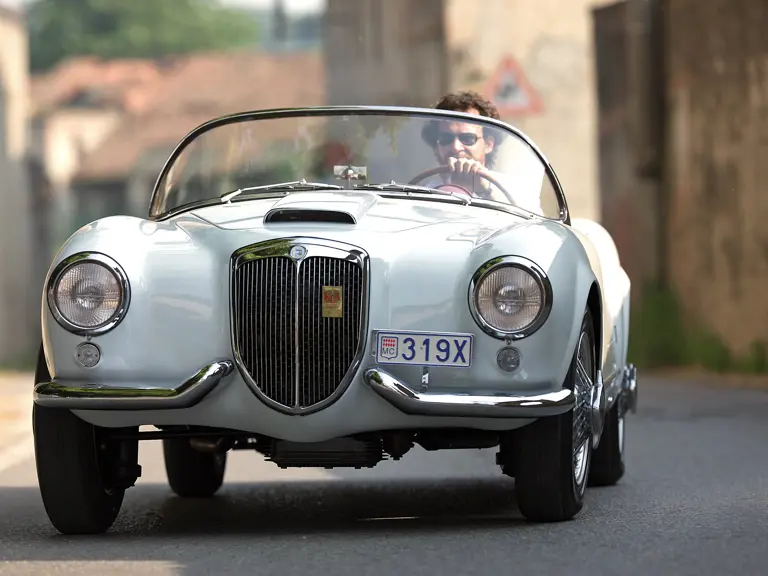
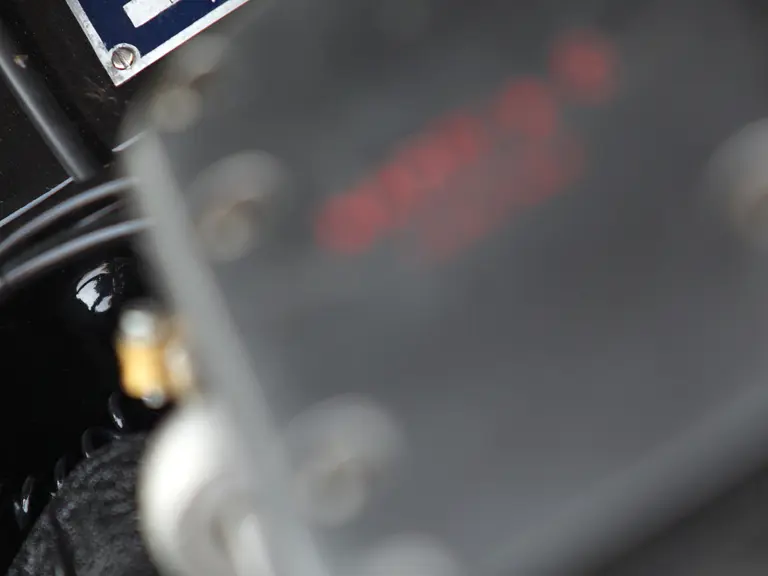
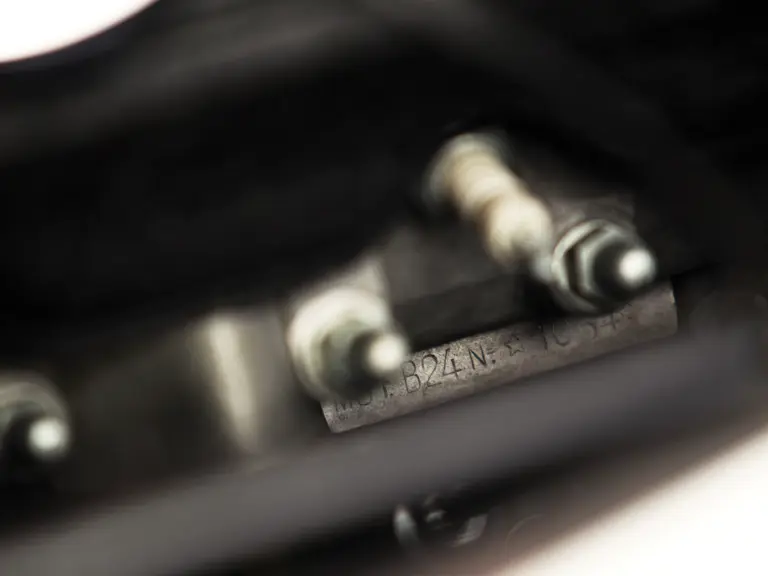
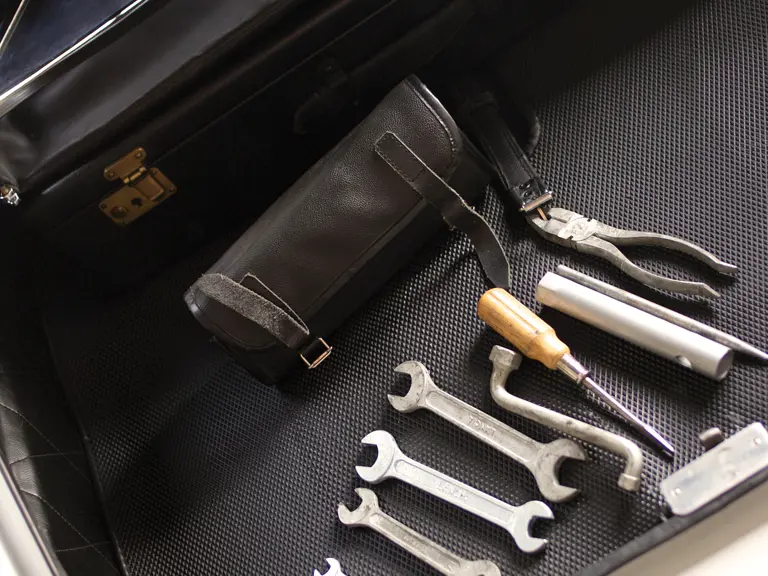
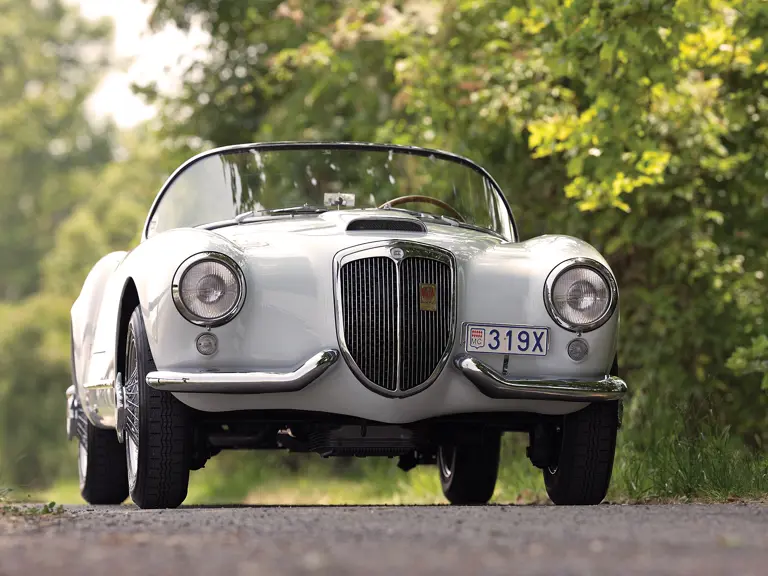

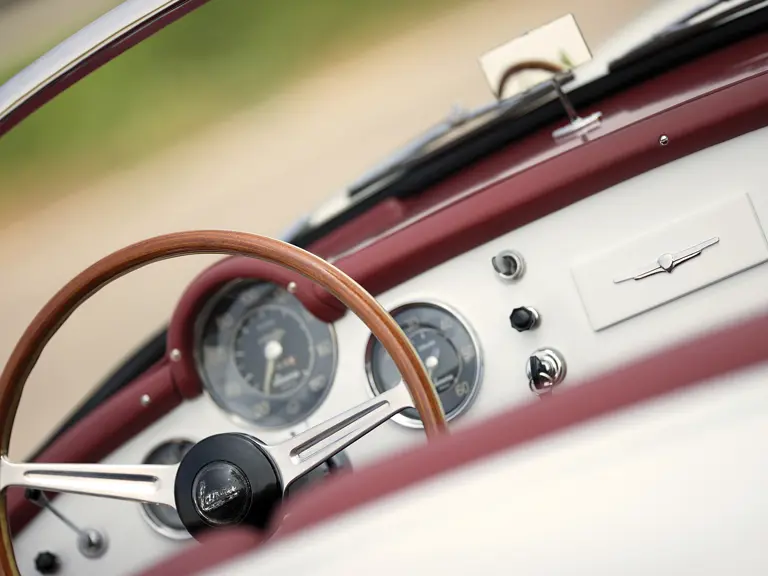


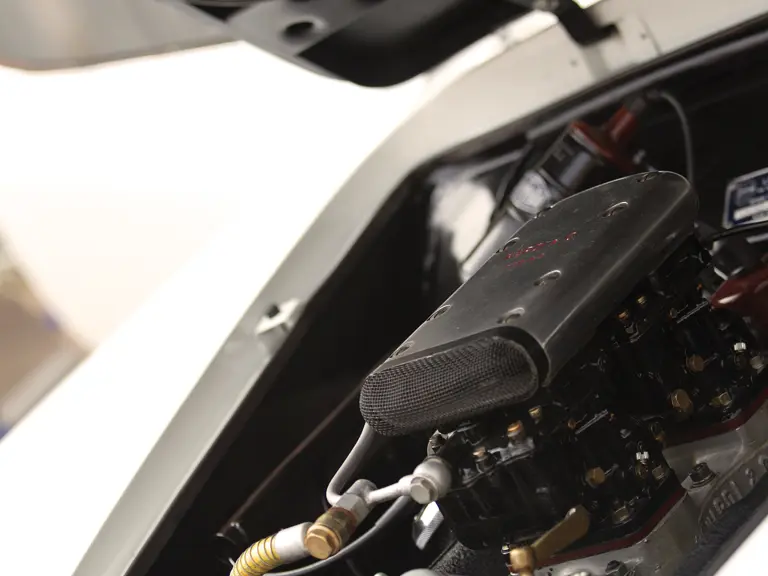
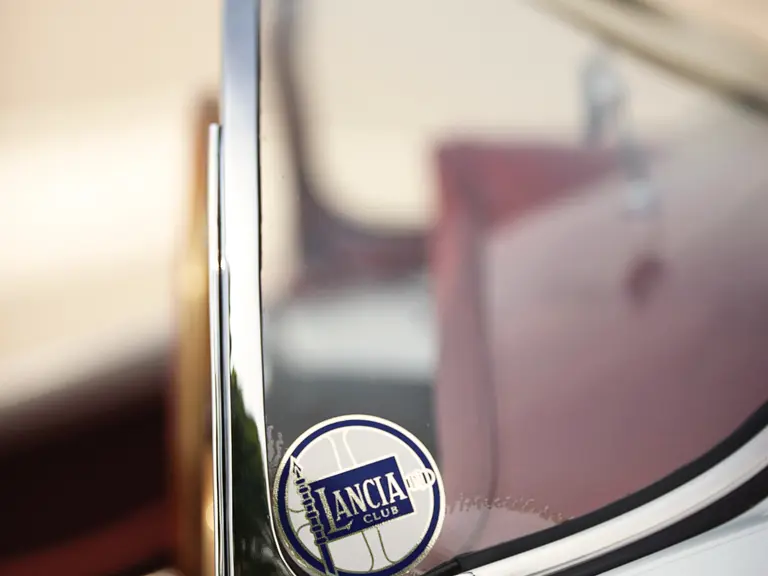

 | Monterey, California
| Monterey, California
